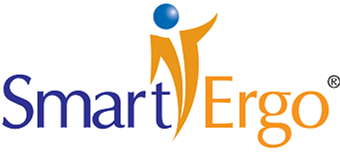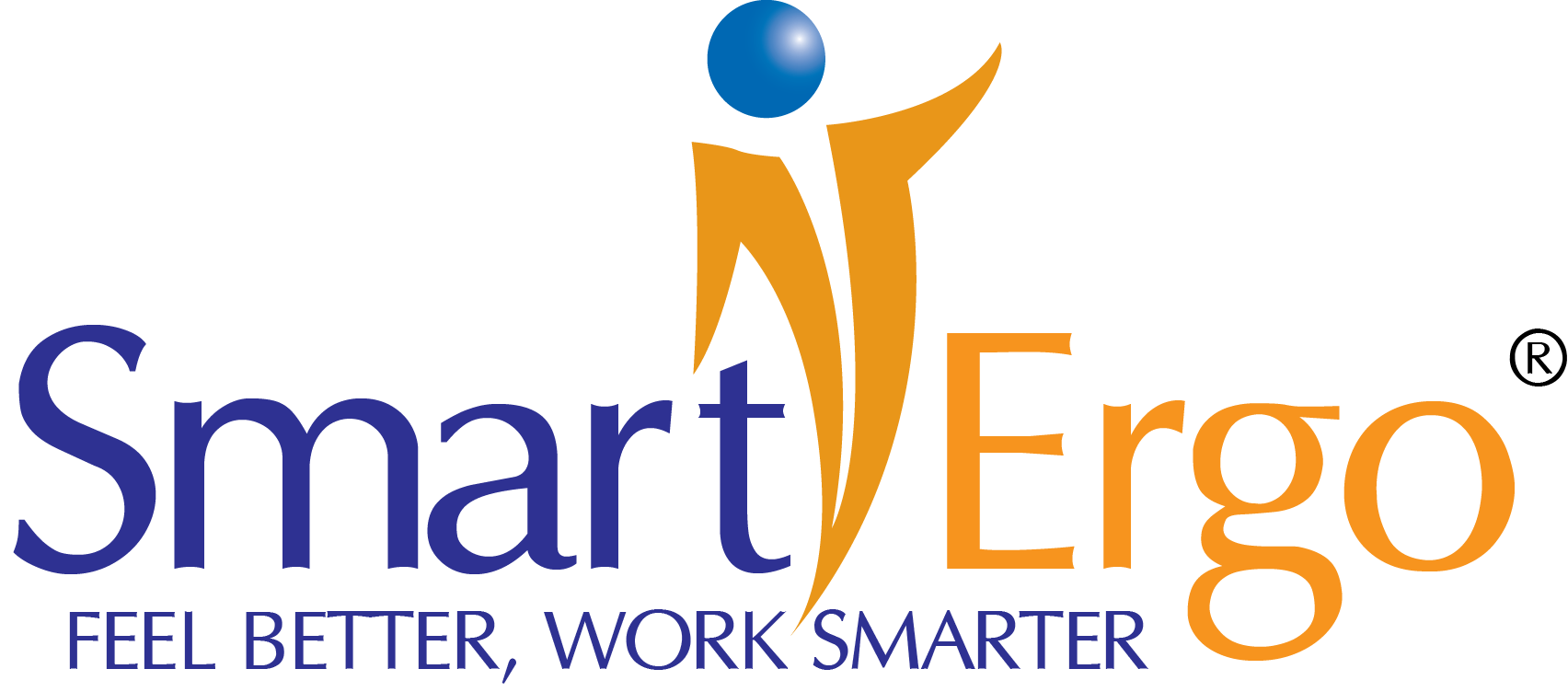SmartErgo’s clients have achieved solid success in a variety of core areas. While most organizations are reluctant to discuss injury-related issues in the public venue, there have been some exceptions where the good news was shared publicly.
The following are just some examples of published results of ErgoSuite use which are typical outcomes:
An example SmartErgo enterprise client, the California State Compensation Insurance Fund, conducted an internal study using ErgoEnterprise (an ErgoSuite ancestor) in an extensive pilot program. State Fund is the largest provider of workers’ compensation insurance in California. The published account of the significant results included:
- A reduction in OSHA reported injury rates by up to 80%, with an average at 50%
- Projected workers compensation savings from the pilot program alone was $120,000
- Annual Workers Compensation savings projected at $780,000+
- There was total participation of the employees in the Pilot
- Employees postponed microbreaks a maximum of 9 minutes
- There was 100% employee satisfaction using the tools
- Some employees used the program to warm up prior to their beginning work each shift.
An example Fortune-100 SmartErgo enterprise client, Lockheed Martin, has publicly reported great success in the injury reduction area as a result of using our ergonomic platform.
As published in a Safety & Health magazine article, Scott Evans, Director of Facilities and ESH at Lockheed Martin was asked if they experienced reductions in computer-related injuries and responded: “Yes, absolutely! We have seen trends for the past 2 years (since our implementation) showing reductions in injuries by 50% and reduced severity of the injuries, which has helped reduce our future medical and compensation reserves for open cases.“
The article continued, focusing on the Lockheed Martin EIS Division: “Last year, roughly 60 percent of all employees voluntarily participated in the program. As a result, the division reduced computer-related work injuries by 50 percent and recently was recognized by Lockheed Martin’s Corporate Energy, Environment, Safety & Health office for working 5 million hours with no lost-time injuries.“
The article continued: “Several noted side benefits we have seen include the following:“
- More than a 400% increase in our ESH website activity
- 60-75% of the prompted alerts were taken by employees
- Numerous testimonies from employees to management on positive health impacts
- Increased intervention of the ergonomic behavior of those identified “high risk” employees
Another example client publicly reported great success in the productivity area resulting directly from using an ErgoSuite predecessor version named Ergonomics Management System or EMS.
As published in a Safety Online article, Cornell University undertook a study at New Century Global, a leading insurance provider for professional sports teams (e.g. New York Jets), and other entertainment industries, reinsurance, and hard-to-write accounts.
“If anyone had told me that making simple changes to the way people use computers could lead to a 13% improvement, I’d have dismissed it out-of-hand as not credible,” stated LeAnn Orabona, human resource manager, New Century Global Inc. “But seeing is believing. We measured the results, and anyone can see the difference in the amount of work we’re completing, and you can feel the difference in the positive attitudes around the office.”
Alan Hedge, professor of ergonomics, Cornell University said that previous smaller studies indicated the potential for productivity improvements by changing the way people use computers. “But this is the first, truly extensive and real-world study that has accurately measured real productivity and that provides definitive proof of real benefits,” he said.
The article continued: “An earlier study showed that continuous work can not be maintained indefinitely by employees. Physiological processes limit the ability of muscles to sustain contraction and function under conditions of physical fatigue. For these reasons, ergonomists have studied the effects of work flow, workload, work patterns, and work posture on performance. Inappropriate work organization eventually has a negative effect upon work output and work quality, and workers in this situation run a greater risk of injury. Implementing the microbreaks did not reduce the daily keystroke rate, and it significantly improved keying accuracy by 13.4% for the active user group.“
Another article on the same study in The Cornell Chronicle stated: “Workers who used computer software to remind them occasionally to assume good posture, take short breaks and occasionally stretch do more accurate work and as a result are more productive, according to a new Cornell University study.”
“We found that alerting computer users to take short rests and breaks improved work accuracy without any reductions in overall keystroke and mouse use,” says Alan Hedge, professor of design and environmental analysis at Cornell and director of Cornell’s Human Factors and Ergonomics Laboratory. In his study, Hedge found that workers receiving the alerts were 13 percent more accurate on average in their work than coworkers who were not reminded. The more the workers typed, the better their accuracy: the fastest typist made almost 40 percent fewer errors than his counterpart who did not receive the computer alerts. “This improvement in work accuracy reflects an overall 1 percent jump in the workers’ total productivity”, Hedge says. “That means the company will recoup its software investment in about three months and protect its workers from overuse injuries at the same time.”
The study measured some 4 million keystrokes and a greater number of mouse actions during nearly 6,200 hours of computer use by a variety of participants who used their computers almost six hours a day.

